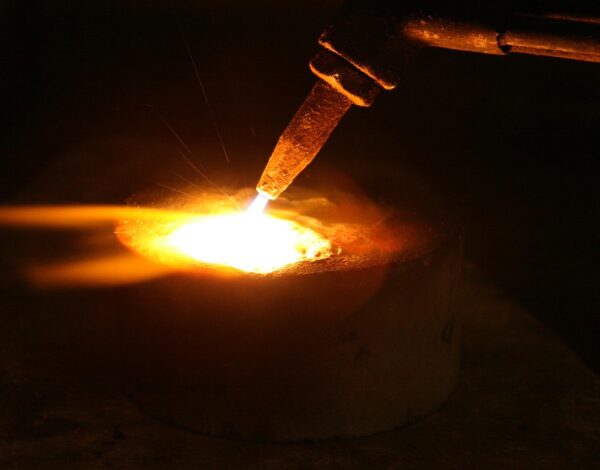

Backcountry Skier / Boarder Must-Have: Compressed Gas Avalanche Airbags
Have you ever wondered why peanuts always fall to the bottom of a jar of mixed nuts, and the Brazil nuts seem to float to the top? This phenomenon is called granular convection, also known as the Brazil nut effect. When materials are shaken, a pattern of circulation pulls larger objects to the surface, while smaller materials sink to the bottom. Therefore, crumbs always dust the bottom of chip bags, and sediment always settles at the bottom of rivers beneath larger rocks. This system of granular convection occurs on larger scales, too, including natural disasters.
Working within the principle of granular confection is where the necessity of avalanche airbags for backcountry skiers and snowboarders comes in. These airbag backpacks aren’t just good for protecting people against traumatic impacts, but they increase the person’s volume, elevating their likeliness to stay close to the surface of the snow – just like the Brazil nut effect.
While there are a few different avalanche airbag technologies on the market, compressed gases are the most reliable method of engineering, offered in three kinds of gases: compressed air, carbon dioxide, and nitrogen.
Compressed Gas Cylinders for Inflation
Avalanche airbags are constructed to operate similarly to vehicle airbags. Avalanche airbags are installed in backpacks, sitting at the top of the pack, or on the left and right sides of the pack. Two airbags are often preferable in the off chance that one doesn’t deploy. Each pack is outfitted with inflation systems attached to small, lightweight cylinders of compressed gas.
There are several filling options for airbags inflated by industrial gases, compressed air, carbon dioxide, and nitrogen. Each gas has an extremely low probability of icing, making them a reliable tool. Nitrogen may be the most appropriate for subzero temperatures, as it has the lowest freezing temperature. The type of gas is less important for reliability in the backcountry, but issues can arise when a pack is checked for air travel. Packaged compressed air supports combustion when at high altitudes, whereas carbon dioxide and nitrogen do not. However, compressed air remains the cheapest atmospheric gas of the three on the market. The most economical thing to do may be best to purchase cylinders upon arrival at the destination.
Deployment Pros and Cons
Newer technologies operate with an ABS system triggered by incoming impacts, or even vibrations beforehand. Otherwise, airbags are deployed when initiated by the wearer by way of a handle. This handle will release a spike that punctures the sealed release valve of the cylinder, which will deliver the gas into the airbag. Some compressed air systems initiate air to be released while also pulling ambient air from inside or outside of the pack for faster inflation.
There are several pros and cons to this deployment method, of course. For one thing, electronic equipment is often unreliable. Technological difficulties can stifle any guarantee of increased safety, particularly if elements are not charged correctly. On the other hand, certain compressed gas systems that are self-triggered are going to be a one and done deployment. If pulled prematurely, or in a moment of false alarm, the airbag may not be ready when it’s really needed.
Of course, simply purchasing an avalanche airbag is not a replacement for taking an avalanche safety course prior to your adventure. Avalanche airbags should be used in tandem with the proper training, to act with precision in the event of an emergency.
Refilling Stations in the Rocky Mountain Region
The Rocky Mountains are known for some of the best skiing and snowboarding destinations in the country. Operating in Colorado, Idaho, Utah, Wyoming, and Nebraska, Rocky Mountain Air Solutions can supply your compressed gas cylinder of choice needed for refilling smaller compressed cylinders for avalanche airbags at your site.
We know that atmospheric gases make life better. They can save lives – and not just in the obvious arenas of oxygen in hospitals, but to ski resorts, ski shops, and outdoor retailers. Through our philosophy of providing service with flawless dependability, we can provide outdoor retailers and ski shops with atmospheric gas refills quickly, especially with the upcoming ski season at hand.
Contact your local branch today to inquire about compressed air, carbon dioxide, or nitrogen to fill the essential gas component of avalanche airbags. We look forward to serving you and your customers on their next adventures!



